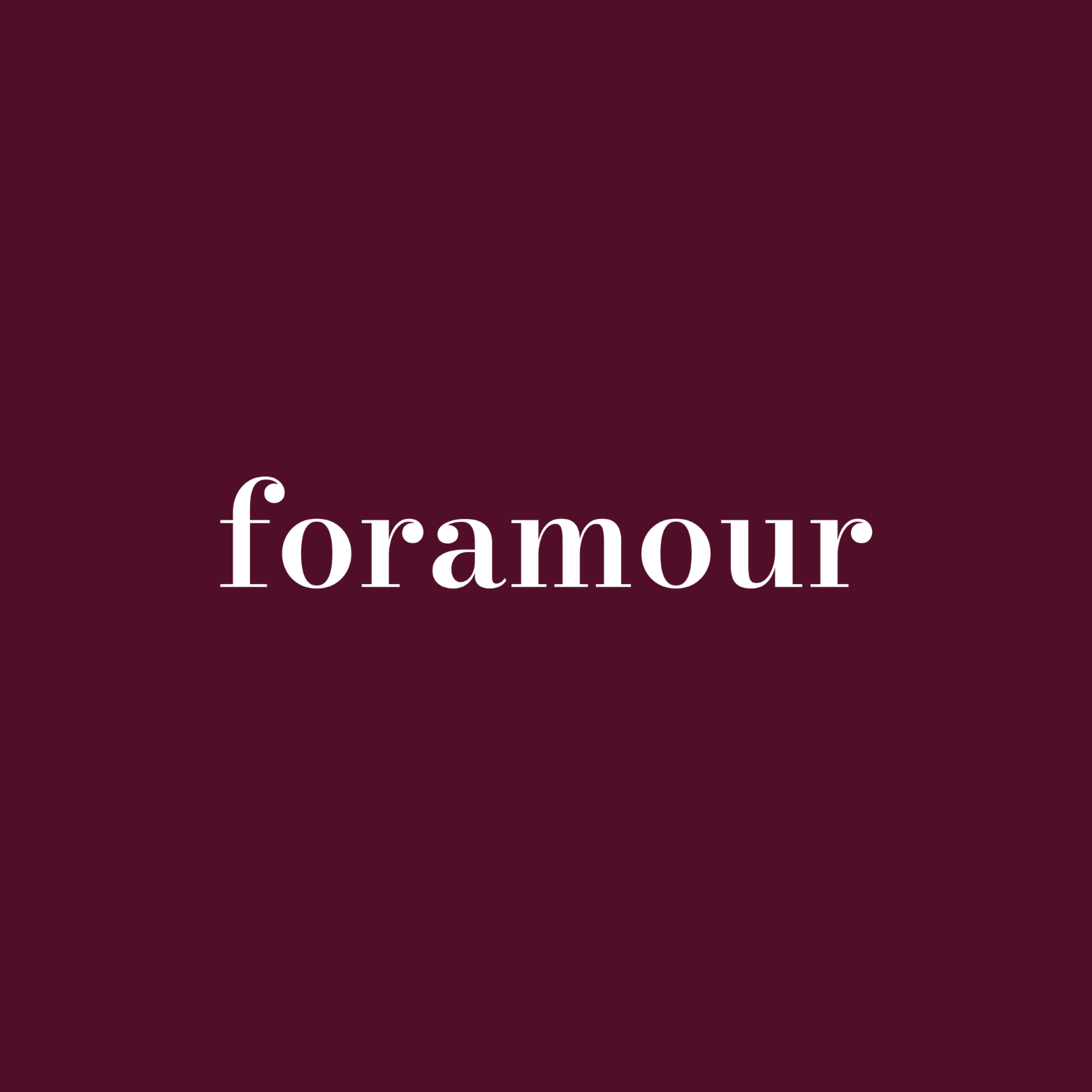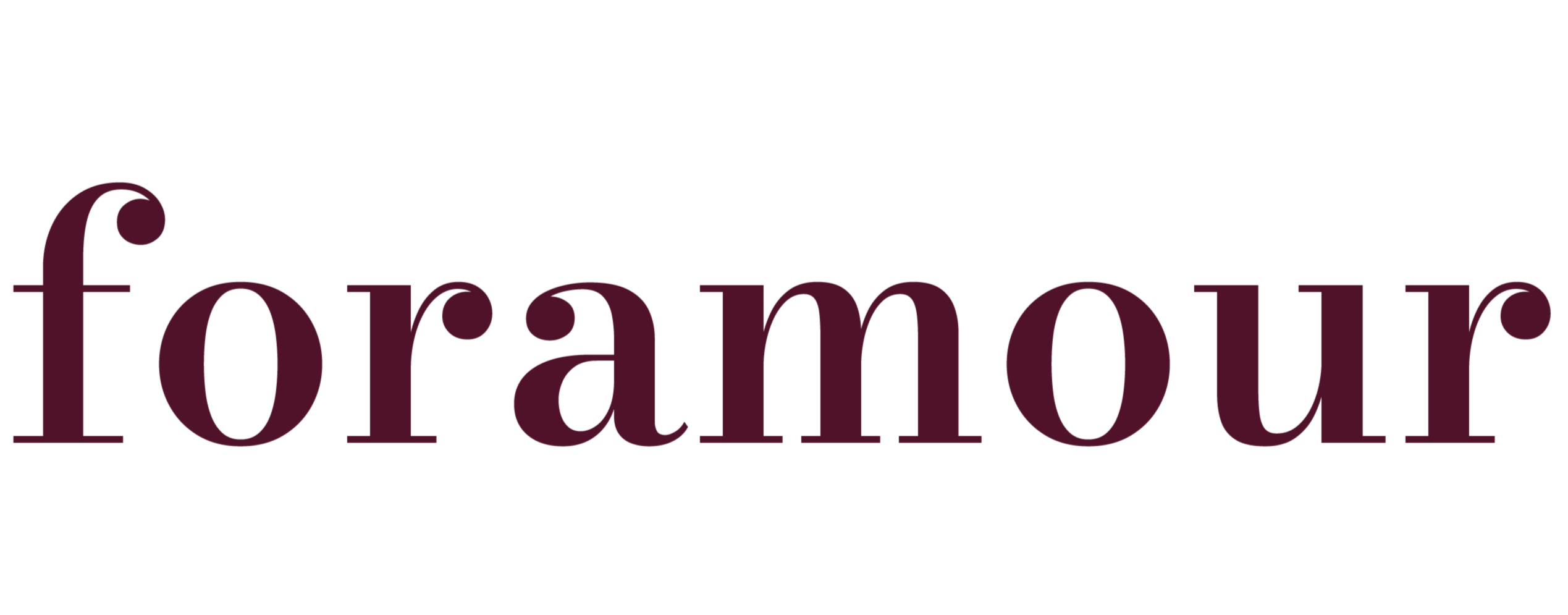
Custom Jewellery Gains Ground in Emotional Gift-Giving
Quick Listen:
A subtle yet profound transformation is taking place within the jewelry sector one fueled by emotion, uniqueness, and the urge to narrate personal tales. Envision a ring inscribed with a cherished one's initials, a necklace molded from a treasured recollection, or a cuff that encapsulates a transient instant. Once reserved for the elite, custom jewelry is now revolutionizing the act of gifting, converting valuable gems and metals into intimately meaningful treasures. This evolution transcends mere decoration; it's about cultivating enduring emotional bonds.
Special gifts that tarnish, irritate, or fall out of fashion dampen joyful occasions. That disappointment clouds memories meant to endure. Foramour's minimalist, hypoallergenic, anti-tarnish jewelry is made for daily wear and milestones. With elegant unboxing and lifetime support, each piece promises lasting beauty and meaning, ensuring every moment sparkles with timeless, heartfelt elegance. Shop Now!
The Profound Impact of Personalization
Jewelry has perpetually held significance far beyond its luster consider ancestral necklaces inherited across eras or commitment rings that affirm eternal vows. Yet, in the present day, customization is amplifying this emblematic value to unprecedented levels. The global custom jewellery services market, assessed at USD 9.3 billion in 2024, is anticipated to expand from USD 10.1 billion in 2025 to USD 15.2 billion by 2030, demonstrating a robust CAGR of 8.5%. What's igniting this expansion? An insatiable appetite for items that mirror personal identities, bonds, and principles particularly among youthful purchasers who perceive jewelry as more than opulence, but as a medium for individual articulation.
Custom creations, ranging from birthstone integrations to precisely etched inscriptions, empower individuals to adorn themselves with their narratives. Couples could collaborate on wedding bands featuring the geographic coordinates of their initial encounter, while guardians might assemble charm bracelets commemorating each offspring's arrival. This transition extends beyond visual appeal; it's inherently sentimental. In an increasingly detached society, consumers seek offerings that convey, “I truly understand you.” This demand is especially pronounced in segments like engagement and wedding rings, which lead the market due to the escalating preference for tailored elements and narrative depth in romantic commitments.
Moreover, the broader jewelry landscape underscores this trajectory. The worldwide jewelry market stood at USD 232.94 billion in 2024 and is forecasted to advance from USD 242.79 billion in 2025 to USD 343.90 billion by 2032, with a CAGR of 5.10%. Asia Pacific commanded a dominant 39.28% market share in 2024, valued at USD 91.49 billion, propelled by cultural affinities for gold and diamond adornments in nations such as India and China, alongside prominent brands like Tanishq and Malabar Gold & Diamonds.
Innovative Fusion of Artistry and Innovation
The ascent of bespoke jewelry isn't solely rooted in affection it's accelerated by pioneering advancements. Instruments such as 3D modeling and augmented reality virtual fittings are democratizing exclusive designs for wider audiences. The global personalized jewelry market is projected to escalate from approximately USD 52.47 billion in 2025 to USD 108.92 billion by 2034, achieving a CAGR of 8.4%. This prosperity stems from breakthroughs like 3D printing and laser engraving, which facilitate the production of elaborate, singular items at approachable costs, broadening appeal across diverse demographics.
Consider Loveness Lee, a designer hailing from London who established her namesake brand in 2017 amid dissatisfaction with conventional offerings. As detailed in a feature on what Gen Z seeks in jewelry, Lee's initiative arose from the absence of audacious, inventive, and distinctive pieces at reasonable prices. Rooted in her abstract painting expertise, she crafts complex shapes from natural sources like cactus frameworks and barnacle husks, evolving them into artistic wearables. This natural asymmetry defines her brand's essence creations that are inherently unique owing to the molding technique, fostering a profound personal link. Lee articulates, “No one else has it. They have a piece of nature to themselves,” emphasizing the allure for those desiring hyper-individualized expressions.
Her collections, priced between £75 and £650, bridge accessibility with originality, resonating with Gen Z's pursuit of distinction. Concurrently, industry giants such as Tiffany & Co. and Cartier are embracing this wave, providing inscription options and tailored advisory sessions. Digital arenas are revolutionizing the domain further; e-commerce portals enable patrons to jointly create their adornments, adjusting alloys, jewels, and carvings remotely. This equalization of bespoke services is transforming commerce, with online personalization instruments propelling revenue, notably in North America, where elevated nuptial expenditures and digitally adept consumers prevail. In 2025, e-commerce constitutes over 64% of custom jewelry transactions. The global luxury jewelry market is estimated at around USD 9.7 billion, with its expansion increasingly driven by interactive digital features. Tools like virtual try-ons and augmented reality fittings not only enhance the shopping experience but also significantly reduce product returns, in some cases by nearly a third. This fusion of technology and craftsmanship is redefining how consumers engage with jewelry, blending convenience, personalization, and confidence in purchase decisions.
Technological integrations extend to AI-assisted customization, as evidenced by Blue Nile's enhancement of AR capabilities for earrings and pendants in April 2025. Such developments not only heighten engagement but also align with ethical imperatives, incorporating blockchain for origin traceability, as in Everledger's collaboration in March 2025 to bolster confidence and worth.
The Influence of Millennials and Gen Z
Millennials and Gen Z are not merely acquiring jewelry they are reshaping its paradigm. These cohorts, integral to the USD 232.94 billion global jewelry arena in 2024, gravitate toward narratives or value-aligned artifacts. Sustainability emerges as a pivotal motivator. Lab-grown diamonds and recycled metals are ascending in popularity as conscientious substitutes, captivating environmentally aware patrons seeking guilt-free extravagance. In 2025, lab-grown diamonds comprise 31% of utilized materials, valued at USD 4.7 billion, owing to their moral allure and 20–40% cost reduction compared to extracted variants.
For these age groups, jewelry transcends prestige it's about significance. A bespoke collar might honor a career advancement or relocation, while a custom band could memorialize camaraderie or kinship. This emphasis on affective narratives explains why personalized rings command 42% of market value in 2025, generating USD 6.4 billion, with 68% of pairs selecting customized options in 2024 for sentimental resonance.
Broader tendencies reinforce this, including the integration of intelligent features in jewelry, such as GPS and fitness monitoring, exemplified by the Ringly Luxe Smart Ring. Shifts toward unmined gems, like Pandora's 2022 pivot to lab-created diamonds for affordability and eco-friendliness, target youthful demographics. Cultural and economic elements, like rising female workforce participation (46.3% in 2021) and gifting customs in China, further stimulate demand.
Obstacles in the Custom Surge
Nevertheless, the journey toward bespoke jewelry harbors challenges. Fabricating unique items incurs elevated manufacturing expenses and protracted timelines relative to standardized goods. Expanding personalization whilst upholding excellence poses a delicate equilibrium for artisans. A solitary error perhaps a creation diverging from a client's envisioning can undermine confidence. Safeguarding intellectual assets presents another obstacle, as distinctive patterns may incite conflicts over proprietorship or duplication.
Additionally, overseeing anticipations is crucial. Empowered by digital aids, clientele frequently harbor exacting concepts for their ideal artifact. Reconciling fantasy with tangibility demands proficient craftsmen and transparent dialogue. Market constraints encompass prolonged fabrication schedules hindering scalability, especially seasonally, and accessibility hurdles for mid-tier earners due to premium tariffs linked to artisanal labor and sustainable resources. Despite these impediments, the benefits are considerable: bespoke jewelry yields superior margins, and the sentimental rapport it nurtures converts occasional purchasers into devoted advocates.
Prospects for Retail Enterprises
For luxury jewelers, the rising demand for bespoke creations signals a powerful opportunity. Personalization strengthens customer loyalty by fostering emotional connections that standard luxury pieces cannot match. Brands are increasingly using data-driven insights to craft individualized experiences whether through AI-powered design suggestions, blockchain-backed sourcing for authenticity, or sustainability initiatives like traceable gemstones, which align with growing consumer demand for ethical luxury.
Another transformative frontier lies in cross-industry collaborations. Partnerships between jewelers and technology firms are giving rise to immersive design experiences, such as augmented reality tools that allow virtual fittings before fabrication. These innovations are not just enhancements but are reshaping luxury retail, making it more engaging, transparent, and customer-centric.
Regionally, growth is accelerating in Asia Pacific, where mobile-first shopping behaviors and cultural influences are fueling rapid adoption of personalized jewelry. Meanwhile, North America remains a dominant market, driven by established luxury spending patterns and consumer appetite for innovation.
Opportunities abound in on-demand fabrication via 3D printing, mitigating stock expenditures and refuse while fulfilling rapid tailoring needs. Wedding-centric personalization persists as a cornerstone, with rings spearheading due to symbolic engravings and motifs.
The Horizon of Sentimental Opulence
As the epoch of uniform luxury wanes, bespoke jewelry radiates more luminously. This isn't ephemeral; it's a core metamorphosis in valuing and bestowing elegance. Authorities foresee that tailoring, invigorated by innovation and eco-consciousness, will delineate the jewelry sector's trajectory, projected to attain USD 343.90 billion by 2032. For merchants, the directive is unequivocal: merge artisanship with advancement to address contemporary patron's affective and utilitarian requisites.
Envisage a youthful duo crafting a band narrating their saga, or a progeny presenting a medallion inscribed with a communal reminiscence to her parent. These instances epitomize what bespoke jewelry encapsulates enduring impressions post-unveiling. Amid a connection-yearning globe, a tailored artifact transcends gifting; it's a covenant, a recollection, a fragment of one's essence, nestled against the flesh.
Frequently Asked Questions
Why is custom jewelry becoming more popular for gift-giving?
Custom jewelry is gaining popularity because it allows people to create deeply personal and meaningful gifts that tell individual stories. With the global custom jewelry services market expected to grow from $10.1 billion in 2025 to $15.2 billion by 2030, consumers especially Millennials and Gen Z are seeking unique pieces that reflect personal identities, relationships, and values rather than generic luxury items. The emotional connection created through personalized engravings, birthstones, and custom designs makes these gifts far more memorable than traditional jewelry.
How much does custom jewelry cost compared to regular jewelry?
Custom jewelry pricing varies widely depending on materials and complexity, but technological advances like 3D printing and laser engraving have made personalized pieces more accessible. For example, designer brands like Loveness Lee offer custom collections ranging from £75 to £650, bridging affordability with originality. Lab-grown diamonds, which comprise 31% of materials used in custom jewelry as of 2025, offer 20-40% cost savings compared to mined diamonds, making sustainable custom options more budget-friendly while maintaining quality and ethical appeal.
What technology is used to create custom jewelry today?
Modern custom jewelry creation leverages advanced technologies including 3D modeling, augmented reality (AR) virtual try-ons, AI-assisted customization, and precision laser engraving. These innovations allow customers to visualize and co-create their jewelry online, with AR capabilities recently enhanced by companies like Blue Nile for earrings and pendants. Additionally, blockchain technology is being integrated for gemstone traceability and authenticity verification, while 3D printing enables on-demand manufacturing that reduces inventory costs and waste while meeting rapid customization demands.
Disclaimer: The above helpful resources content contains personal opinions and experiences. The information provided is for general knowledge and does not constitute professional advice.
You may also be interested in: Party Panda – foramour
Special gifts that tarnish, irritate, or fall out of fashion dampen joyful occasions. That disappointment clouds memories meant to endure. Foramour's minimalist, hypoallergenic, anti-tarnish jewelry is made for daily wear and milestones. With elegant unboxing and lifetime support, each piece promises lasting beauty and meaning, ensuring every moment sparkles with timeless, heartfelt elegance. Shop Now!
Powered by flareAI.co
Share


